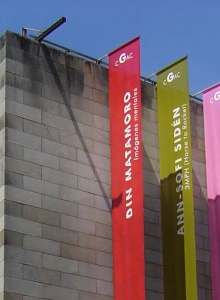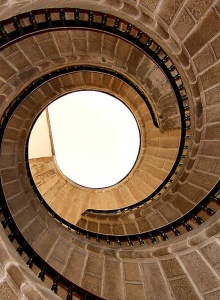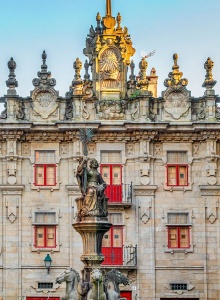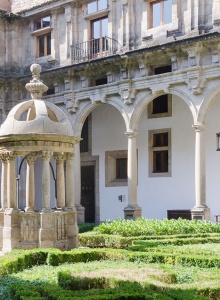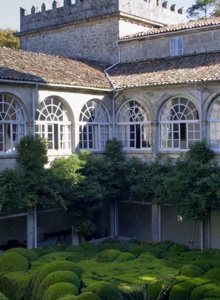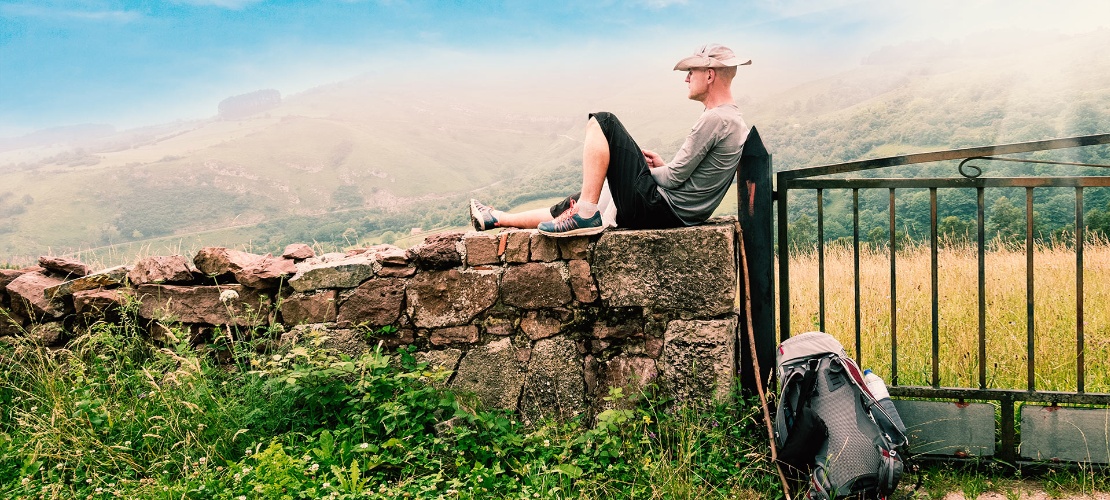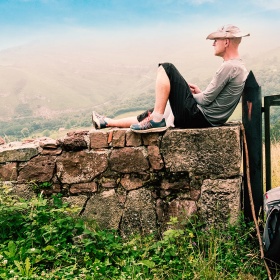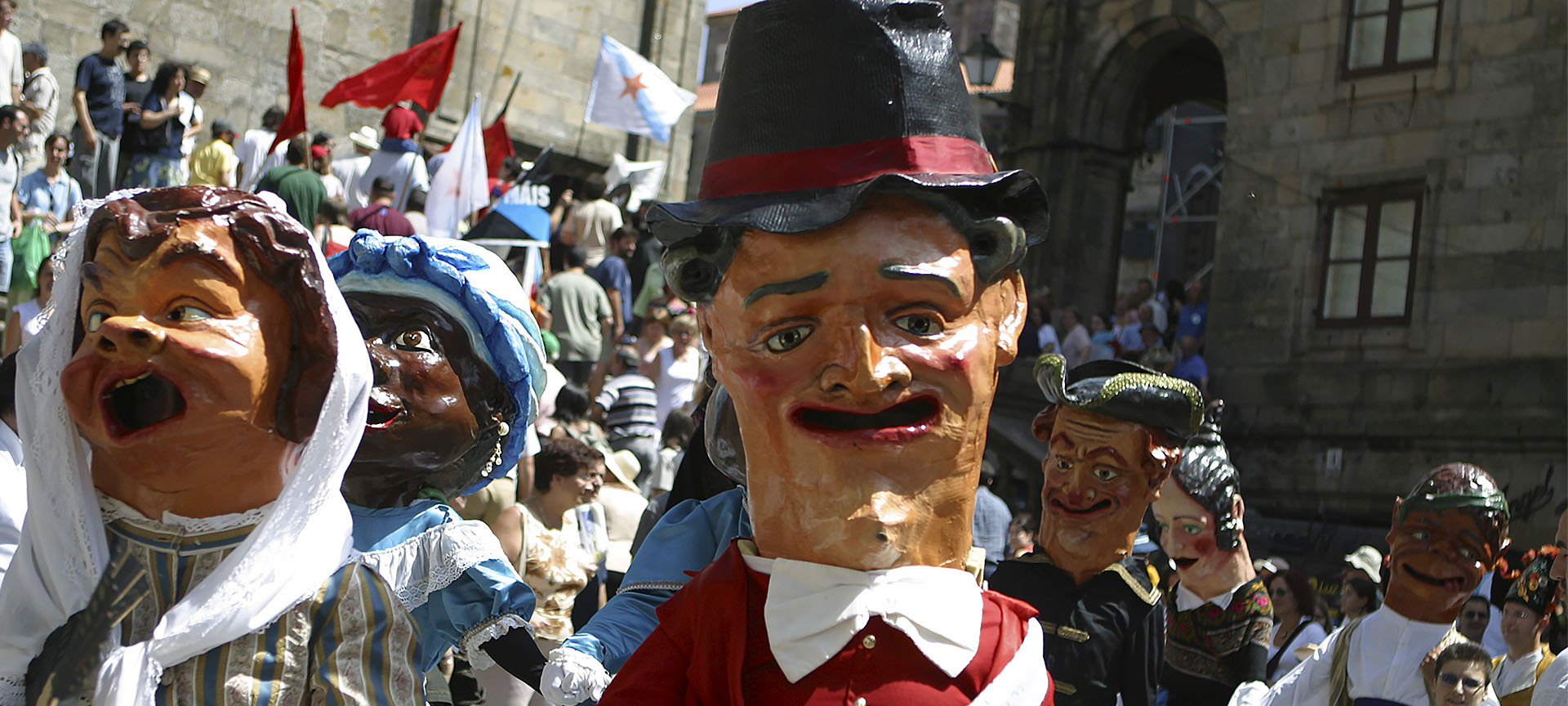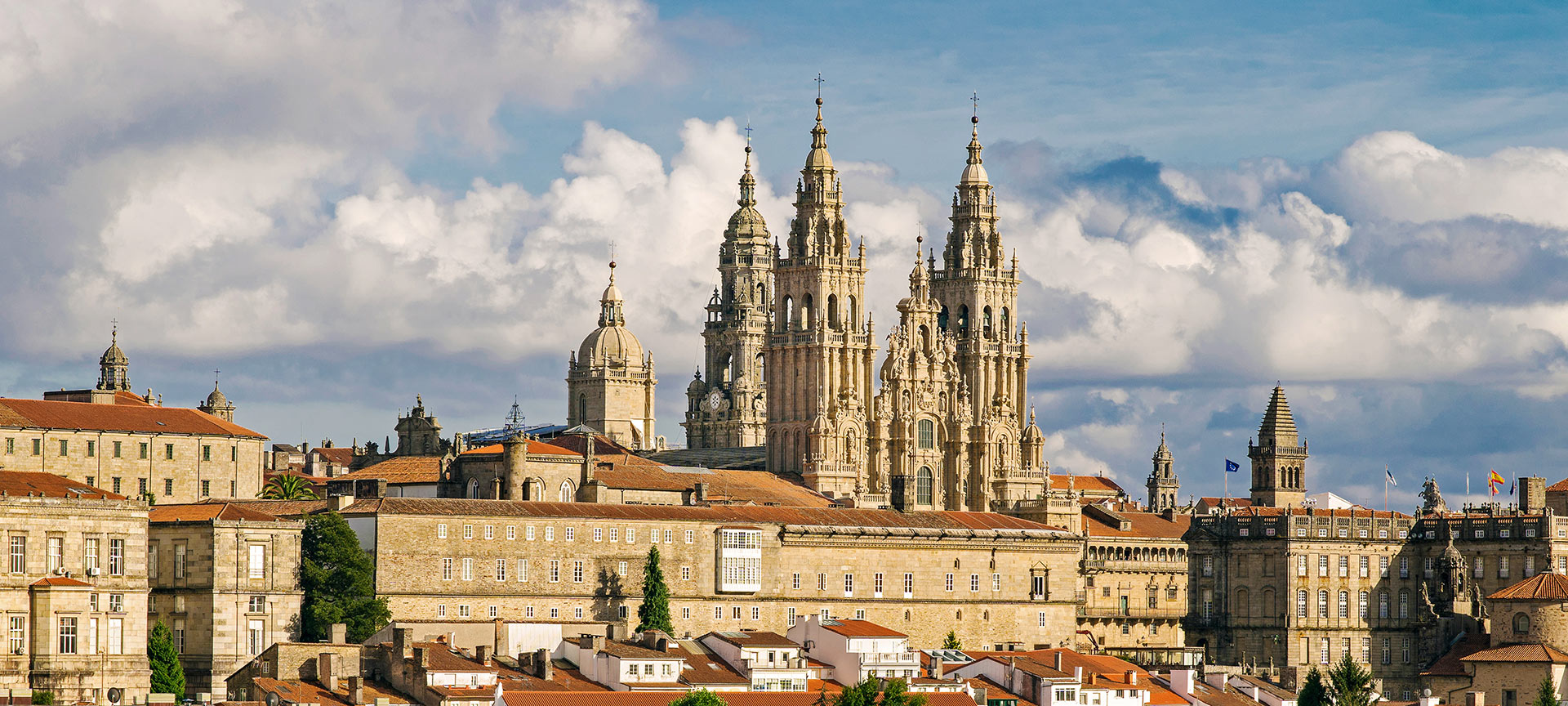
For centuries, thousands of pilgrims have walked the Camino de Santiago every year with a dream to fulfil: reach the capital of Galicia and step foot its now legendary Cathedral. According to tradition, this is the burial place of the relics of James the Apostle, discovered in the 9th century.
However, Santiago de Compostela is a very lively city with many other reasons to delight the traveller, whether a pilgrim or not: countless restaurants and bars where you can savour the region's exquisite seafood, a historic quarter declared a World Heritage Site by UNESCO, contemporary art offerings, etc. There is lots to do in this city that combines history with a younger, more modern face.
Debe activar Javascript para poder utilizar este servicio
What to visit
Select from the list or hover over the map to find out about points of interest.
Activa JS
Other ideas for your trip
How to get there - transport information
Select the means of transport to see how to get there or how to get around at your destination.
How to get to aeroplane
-
Santiago Airport is 10 kilometres outside the city.
-
There are taxis and bus services between the airport and the city. The bus service runs from the airport to Plaza de Galicia, with stops at the Pazo de Congresos, Capilla San Lázaro and the bus and coach station.
-
Bus to the city centre: 30 minutes.
-
Car to the city centre: Approximately 15 minutes on the N-634.
How to get to train
-
Santiago de Compostela train station connects the city to Madrid via high-speed rail.
-
By making a transfer you can access destinations throughout Spain and some cities in France and Portugal. Ticket booking
-
The No. 6 bus from Plaza de Galicia goes to the station.
-
The Transcantábrico, a luxury tourist train, travels slowly through northern, Green Spain to Santiago de Compostela. More information
How to get to bus
-
Santiago de Compostela bus station connects the city to countries including Portugal, Germany, Belgium, France, Switzerland, the Netherlands and Romania.
-
Coaches also leave every hour for other towns in Galicia, like Vigo, Pontevedra and A Coruña.
How to get there by road
-
The A-6 and A-52 motorways connect Galicia to the rest of Spain and link to Santiago via the AP-9, AP-53 or A-54 highways.
-
The A-8 motorway connects Galicia and France via the Cantabrian coast.
How to get around in bus
-
Over 20 city bus routes connect every part of the city. More information.
-
The No. 5 bus from Plaza de Galicia goes to the coach and bus station.
How to get around in other means of transport
-
By taxi. Here you will find information on how to contact the 24-hour taxi services.
Shows, festivals, sports...
View some of the most relevant events you will be able to enjoy at the destination.




